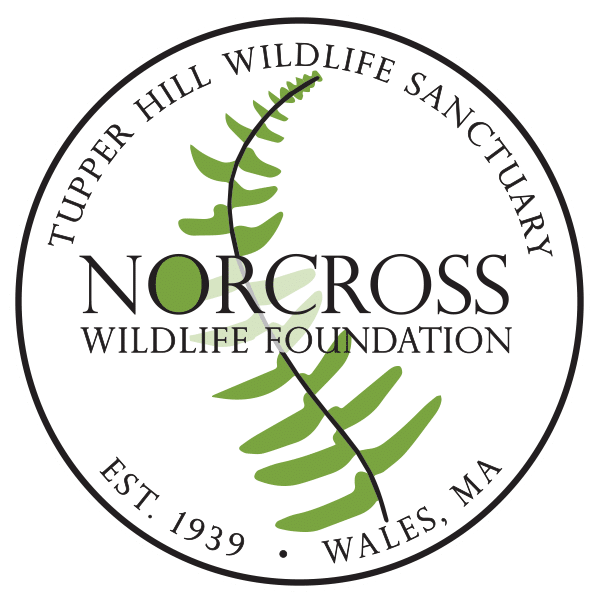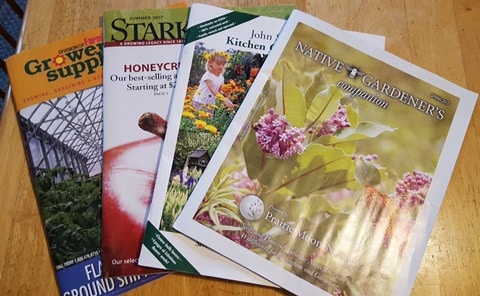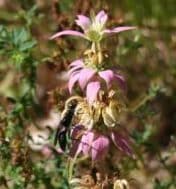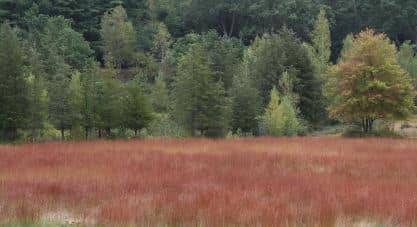This week I have been thinking about bees.
Honey bees, bumble bees, native bees; all kinds of bees that we encounter during the summer. I am thinking that I will plant a garden just for bees this year. Of course many kinds of pollinators use the same plants to gather nectar – the food for our pollinators. Plants that are good for bees are often also good for butterflies and birds. Some of the tips that I encountered while looking for more information was (1) Select plants that are not hybrids designed for large flowers. Some of these plants sacrifice their nectar treat for showier flowers. (2) Plant “groups” of one flower – this means less energy is expended when looking for plants and plenty of food in one area. (3) Bees like flowers that are blue, purple or yellow in color. (4) Add plants to your garden that will bloom from early spring until fall which will provide nectar and pollen sources for our pollinators as long as possible for our area. Many native wildflowers are good for bees and other pollinators. The key is to NOT use pesticides in these gardens that can harm beneficial insects like bees in addition to pests.
Of course, bees are not ONLY attracted to wildflowers. There are many annuals and vegetables that provide good pollen or nectar rewards for bees. The Connecticut extension service did a study at several farms in the state to determine what and when bees or other pollinators were attracted. In the words of Dr. Marla Spivak, MacArthur “Genius” award winner, “There are two things each and every one of us can do to help bee populations. We can plant bee-friendly flowers in our gardens without pesticides. Also, we can all campaign to have a wide variety of flowers planted in community gardens and on roadsides, and to have flower borders planted around farms.” Planting annual flowers or some diverse vegetables can also be a plus for our pollinator friends.
I found a website that provided a lot of area-specific information: The Pollinator Partnership. They offer online planting guides for every region of the United States, as well as an app for your phone to help select appropriate plants for your garden. There are plenty of native plants listed at this site (and on the app) with basic planting information included. They also have a program called S.H.A.R.E or Simply Have Areas Reserved for the Environment. Anyone can join by planting a flower-full and pesticide free garden! Check it out and come visit us this summer and see how our garden is progressing.



